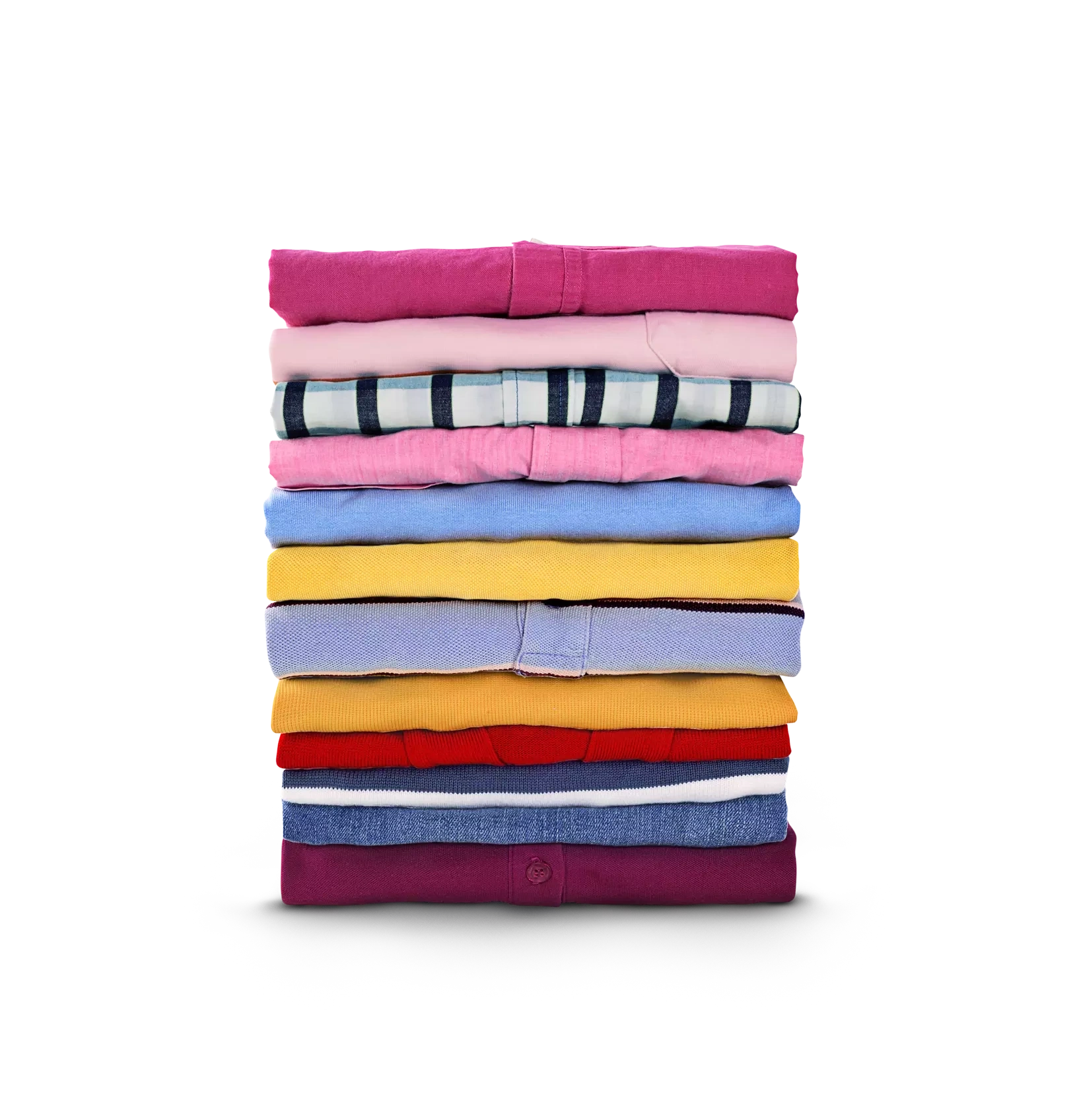5 Features You Should Look For in an ERP for the Apparel Industry
5 Features You Should Look For in an ERP for the Apparel Industry
5 Features You Should Look For in an ERP for the Apparel Industry
30 Juni 2022
 Aptean Staff Writer
Aptean Staff Writer 
You’ve decided to take the plunge and purchase an ERP. Or maybe you already have one, but it’s a legacy system that doesn’t have the tools you need to automate operations. If you run an apparel manufacturing company, generic ERP software just isn’t going to cut it for your requirements—you need a specialized ERP for the apparel industry.
This kind of industry-specific ERP has all the basic functions you’d expect but adds in specialized applications and modules that streamline business processes along every step of the apparel manufacturing process. It’s design is tailored for manufacturers in the apparel, fashion, home goods and footwear industry, and integrates applications related to sourcing, design and product development, manufacturing, supply chain and even vendor management.
Choosing the right apparel ERP solution for your business is an important decision so you’ll need to understand all the functions that will enhance your soft goods business and help you grow. Whether you are buying your first ERP system, or you do have a legacy system that no longer meets your needs, the guide below will help you select the crucial features that will push your apparel business to the next level.
Must-Have Features in Apparel ERP Software
An ERP is a centralized solution that integrates processes and the flow of activities and gives you more control and visibility into your operations. An ERP specifically designed for the apparel industry will additionally equip you with a whole host of customized features that will help you not only survive—but thrive—in this complex, ever-changing industry. Here are just the top five that you might need.
1. Forecasting and Demand Planning
As an apparel industry leader, you know that fashion is almost impossible to forecast mainly because trends shift quickly and life cycles are short meaning you must focus on creating new items. With no historical sales data on these new SKUs, you would base your predictions on how similar items have done in the past. In addition, consumer tastes are fickle, and what sold well last year, however, might bomb the following year. Nonetheless, accurate forecasting is crucial for the fashion industry, but very difficult to get right.
An overconfident forecast creates overstock; pessimistic ordering means that you might have shortages on popular items. Demand forecasting is a challenge, and, if done incorrectly, you’ll lose both revenue and profit.
Apparel ERP software with demand planning and forecasting tools integrates both historical sales data and sales forecasts to help you optimize purchasing decisions. With our apparel ERP's built-in tools, you will use the sales history of similar items to help you forecast the demand for new ones. Then, using the system to track the number of new products you sell in the first few weeks, you utilize that data to analyze how much more you must produce to meet the demand.
An ERP for the apparel industry provides you critical forecasting information with a just a few clicks. You can even drill down using historical data and identify sales trends for specific aspects of an item, like style, color or size. Armed with that information, you can generate a forecast for each item in your product mix based on sales expectations and the amount of inventory you can carry.
2. Materials Requirements Planning
Materials requirements planning, or MRP, is a crucial tool for apparel manufacturers. Specific to the apparel industry, a MRP module helps your business gain complete control over fabric and trim purchasing and inventory. Since your bills of material (BOMs) are defined by color, length and size for each finished product, all your reporting and data needs to reflect that information.
MRP systems cover the entire production timeline from product conception to procurement of raw materials to commencement of production. When it’s built into your ERP, you get the detailed data you need for each individual job, but you also can look at the big picture and get visibility into the entire manufacturing process. Generally, materials costing is the core function of an MRP as it determines what is made versus what is bought. Materials costing works together with the inventory system to check both quantities on hand and production logs for lead times of outside components and fabricated sub-assemblies.
This allows for better planning and resource allocation which will grant you better data and greater insight into the actual costs of inventory. By automatically integrating with the accounting system in our apparel ERP, MRP will give you a real-time picture of production and inventory costs. In addition, because you are planning more efficiently, you’ll generate less waste and scrap, reducing your carbon footprint.
3. Inventory Management
The apparel industry is unique from other manufacturing industries in that each item produced comes in different sizes, styles and colors. For example, one shirt may come in 5 colors and 8 sizes. This means that you have 40 different items, and all of them need to be organized and tracked.
With the apparel business dealing in trends and tastes, it’s important to be one step ahead of the demand curve. Agility is key—pay close attention to what’s selling well and what is not. For instance, you might need to quickly unload items that are dipping in popularity to make room for next season’s trendiest items. An apparel-specific ERP should have inventory management tools that can track items based on the parameters you choose.
Inventory management has carrying costs, and holding inventory is an inescapable part of doing business. However, if you have too much excess stock in your warehouses, it impedes profitability. You need a consistent revenue stream and if your money is tied up in maintaining extra warehouse space for storing inventory, you won’t have it. Moreover, carrying excess inventory also increases the chance of loss due to damage, lost items or theft.
With customizable dashboards and reporting, you can drill down into your inventory to manage styles, filtering SKUs based on colors, sizes, features, images, pricing and costs. You’ll have real-time, accurate stock information aligned with what is in the warehouse and what is still on order.
4. Warehouse Management
As with all manufacturers, supply chain woes are a very real issue. In the apparel industry, you are not only ordering raw materials for production, but you might also need pre-assembled items from other manufacturers, such as cuffs or collars. With these complex fulfillment requirements and continuous disruptions to the supply chain, you need a warehouse management system (WMS) built to handle the unique requirements of the apparel industry.
An apparel ERP should have specialized warehouse management functionality built right in. You need an integrated WMS to control and oversee warehouse operations from the moment goods enter your warehouse to the second they leave the premises. The solution should be scalable, so that it grows with you. You also need advanced capabilities like UCC 128 label compliance, shipping integration, returns management, raw materials management and even warehouse transfer functions.
Your warehouse needs to utilize every square inch of space efficiently to maximize operations. With wireless RF scanning and directed replenishment, cross-docking and directed pick and pack, Aptean’s apparel ERP with integrated warehouse management offers you the visibility, agility and control you need in your warehouse.
5. Vendor Management Portal
Vendor communication and management are crucial to running a successful apparel management enterprise, but many companies are still using disparate processes and clunky, cluttered Excel spreadsheets to manage these processes. Sending emails back and forth doesn’t work—information can get lost and trying to send and receive large design files for approvals is almost impossible.
Siloed systems also make tracking the status of a project onerous. Instead, you need a one-stop-shop to communicate with your vendors. Therefore, a vendor portal is imperative to streamline production operations so you can easily upload images or comments to note changes to an item.
With features like automated procurement and bidding, updated measurement variances, vendor costing and an image library, you seamlessly track essential product information, supply chain stages, tech packs, POs and shipment information in a central location.
Ideally, you should look for all this functionality to be cloud-based so that it’s easily accessible from any device.
Aptean Apparel ERP Software—Always in Style
When you’re looking at an apparel ERP, you need specialized features that both complement and enhance your operations and business processes. If you want to thrive in fashion’s fast-moving marketplace, you need to be nimble. Industry-specific technology is the best way to remain agile. In the end, an ERP for the apparel industry is a sound investment, because it is the tool you need to get your products to market faster and maximize profitability.
Aptean understands that your company is unique and that a generic ERP will not be a perfect fit. The apparel and textile sector is one of the biggest industries in the world. With changing sectors like recycled fashion and unisex clothing, apparel companies need to adapt and find a path to sustainable growth—an apparel ERP is that path.
Our industry experts know the issues that you face, and we have designed our apparel ERP to give you the features that you need. Our apparel ERP software includes all the features covered in this blog, as well as powerful functionality and benefits, superior implementation and an unparalleled support team.
Talk to one of our industry experts and we’ll help you find the right solution to meet your specific challenges head-on. Are you ready to get started with Aptean as your technology partner? Find out how, now.
Sind Sie bereit, Ihr Unternehmen grundlegend zu verändern?
Wir bieten Ihnen die spezialisierten ERP-Lösungen, die Sie für die Herausforderungen Ihrer Branche benötigen.



